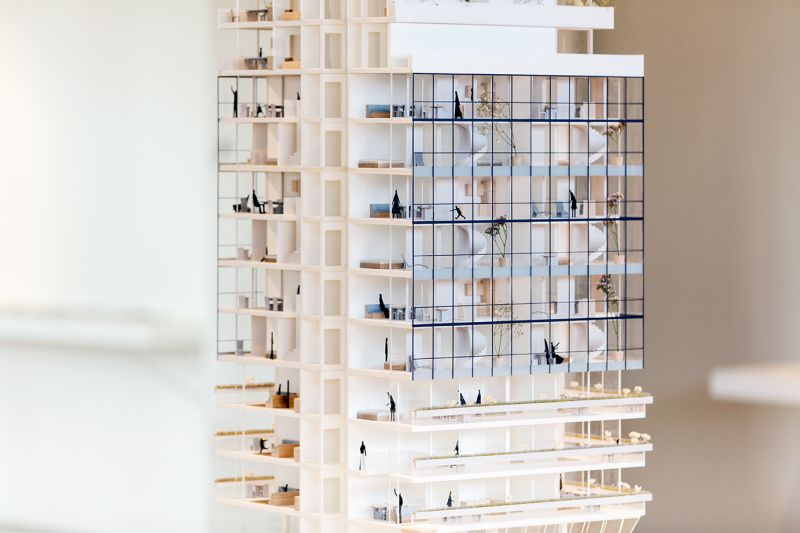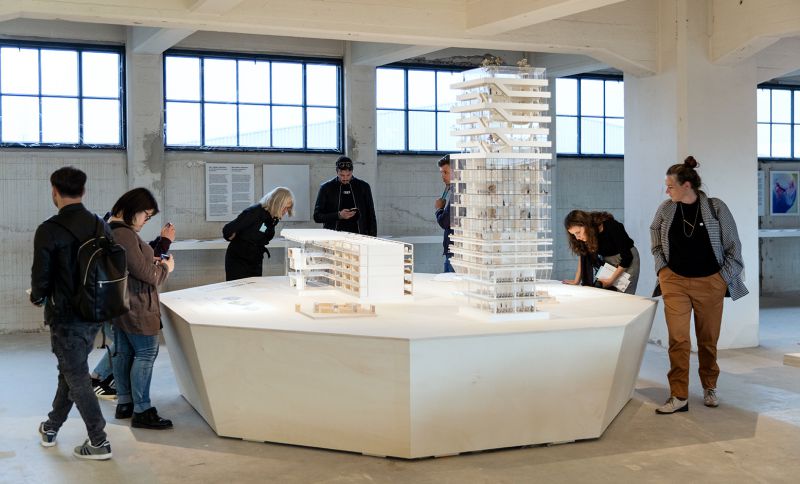
design: Civic -- picture: Aad Hoogendoorn
Composing typologies based on energy efficiency and housing
Every development in the supply of energy transformed the typology of the residential building. For a long time, dwellings were organized around the use of heat, until central heating was introduced – with mushrooming energy consumption as a result. In the future, not only heat but also electricity and ventilation will become increasingly important parts of how energy is supplied to dwellings. Is there a typological transformation that can facilitate today’s transition, other than a proliferation of technical installations?
Commisioned by the IABR–Atelier Rotterdam, CIVIC conducted design research into new building typologies for the energy transition. The knowledge to design energy-efficient dwellings is already available, but it is fragmented, spread among different experts. CIVIC combines existing knowledge into an overview in support of better energy performance, indoor climate, and architecture in the Lexicon Architecture & Energy.

design: Civic -- picture: Aad Hoogendoorn
Insights from the lexicon have been tested and further developed with respect to two examples of collective housing in Rotterdam. On the one hand, the post-war housing association blocks that account for more than a quarter of the Rotterdam building stock and thus represent the most important renovation challenge. And on the other hand, the new high-rise towers that will have to alleviate an important part of the demographic pressure in Rotterdam’s city center.
The exploration of these two types is a first step towards a new architecture discourse that can accelerate the energy transition and also generate spatial and user quality. The energy transition is not only a technical challenge, but also the key to a better city.
The first results were on show in the main exhibition of the first edition of IABR–2018+2020–THE MISSING LINK